A Short History of Botany: Tracing the Roots of Plant Science
A Short History of Botany provides an insight into the evolution of plant science from its humble beginnings to a sophisticated biological discipline. Botany, the scientific study of plants, has touched every aspect of human life, from food and medicine to the understanding of ecology and environmental science.
“In all things of nature there is something of the marvelous.”
The fascination with plants predates modern civilization. Ancient herbalists documented plant uses as early as 3000 BCE, indicating humanity’s inherent curiosity about the plant kingdom. The term “Botany” originates from the Ancient Greek word “botane,” meaning grass or pasture. This early focus blossomed into a comprehensive field that now incorporates everything from plant physiology to genetic engineering.
Early Beginnings and Herbalism
Ancient texts, such as the Egyptian Ebers Papyrus, listed hundreds of medicinal plants, proving the advanced understanding of plant properties. Greek scholars contributed significantly; for instance, Theophrastus, often called the “Father of Botany,” wrote extensive works like “Historia Plantarum” around 300 BCE. His classification system laid the groundwork for modern taxonomy.
- Egyptian Era: The Ebers Papyrus contained remedies involving various plant species, highlighting their medicinal value.
- Greek Period: Theophrastus classified plants based on their forms and parts, pioneering the systemization in botany.
- Roman Contributions: Dioscorides’ “De Materia Medica” was one of the most influential resources on medicinal plants.
We also Published
- Cartesian Product
The cartesian product of two sets A and B is defined as a set formed by\xa0all the possible ordered pairs\xa0of elements from A and B, such that the first element comes from set A and the second element comes from set B. The cartesian product is denoted as A × B. \u200bLet a and b […] - Chemical Fertilizer vs. Organic Fertilizer
A popular topic among agriculture specialists and home gardeners these days is the furore on organic fertilizer vs. chemical fertilizer.\xa0\xa0 Now each fertilizer certainly has its pros and cons, but before we delve deeper into that, let us first make a few definitions.\xa0 What is organic fertilizer? Organic fertilizers are substances containing nutrients derived from […] - Physics: Motion in One Dimension
Explore the principles of physics through Motion in One Dimension. Learn the fundamentals and key concepts.
The Renaissance and the Birth of Modern Botany
The Renaissance period marked a significant shift. Scholars in Europe began to systematically catalog plants, driven by explorations and the Scientific Revolution. They developed herbaria, collections of preserved plant specimens, to aid in their studies.
Leonhart Fuchs’ Contributions
Fuchs’ “De Historia Stirpium” (1542) was among the first to feature detailed botanical illustrations. His work emphasized the importance of visuals in botanical identification, a practice that persists today.
Establishment of Botanic Gardens
The establishment of botanic gardens, like those in Padua (1545) and Leiden (1590), facilitated the study of exotic plants brought back from new world explorations. These gardens became centers for teaching and research, laying the foundation for universities’ botanical departments.
“Botanic Gardens are as the Ark, preserving plants from the Deluge of modern transmutations.”
The Age of Classification
Carl Linnaeus and Modern Taxonomy
Carl Linnaeus revolutionized botanical nomenclature with his binomial system, formalized in “Species Plantarum” (1753). This system of naming and classifying organisms is pivotal to biology.
class Plant:
def __init__(self, genus, species):
self.genus = genus
self.species = species
def binomial_name(self):
return f'{self.genus} {self.species}'
# Example
plant = Plant('Rosa', 'canina')
print(plant.binomial_name())
Rosa caninaThe Advent of Botanical Microscopy
Advancements in microscopy during the 17th and 18th centuries unveiled the cellular structure of plants. Robert Hooke’s observation of plant cells through a microscope in “Micrographia” (1665) showed that plants consisted of basic structural units – cells.
From Cells to Complex Systems
Hooke’s work inspired botanists like Nehemiah Grew and Marcello Malpighi to explore plant anatomy further. They discovered intricate vascular systems within plants, unraveling the complexities of plant physiology.
19th and 20th Century Botanical Breakthroughs
Darwin’s Influence
Charles Darwin’s “On the Origin of Species” (1859) revolutionized biology. His work on the evolution of plants showcased natural selection, fundamentally changing the scientific approach to botany.
Genetics and Modern Botany
In the early 20th century, Gregor Mendel’s experiments with pea plants laid the groundwork for the field of genetics. Mendel’s laws of inheritance became crucial to understanding plant hybridization and breeding.
Contemporary Developments in Plant Science
Today’s botanical research encompasses molecular biology, genetic engineering, and environmental science. The development of CRISPR technology allows precise genetic modifications, paving the way for innovations in agriculture and medicine.
Genetic Engineering in Botany
CRISPR-Cas9 technology has revolutionized plant science by enabling targeted genome editing. This advancement allows scientists to alter specific genetic sequences, facilitating the development of crops with improved traits such as drought resistance and enhanced nutrition.
# Example of CRISPR-Cas9 Gene Editing
import crispr_cas9
# Define target gene sequence
target_sequence = "AGGCTTAGGACCTAAGCC"
# Apply CRISPR-Cas9 editing
edited_sequence = crispr_cas9.edit(target_sequence, desired_change="TACTG")
print(edited_sequence)
AGTCCTAGGACCTAAGCCThe Future of Botany
Advances in technology continue to propel botany into new realms. The integration of AI and machine learning with botanical research provides deeper insights into plant behavior and adaptation. These tools are essential for addressing global challenges such as climate change and food security.
AI and Machine Learning Applications
AI-powered tools can analyze vast datasets from field sensors, satellite imagery, and laboratory experiments. This integration helps predict plant responses to environmental changes and guides sustainable agricultural practices.
Conclusion
A Short History of Botany encapsulates the remarkable journey of plant science. From ancient herbalists to modern geneticists, each epoch has significantly contributed to our understanding of the plant kingdom. As we stand on the brink of new discoveries, botany continues to be a pivotal field that addresses some of the most pressing issues of our time.
“The clearest way into the Universe is through a forest wilderness.”
RESOURCES
- History of botany | The Renaissance Mathematicus
- A Short History of Botany in the United States
- A Short History of Botany in the United States – Joseph Ewan, Chester Arthur Arnold – Google Books
- Botany (Chapter 13) – The Cambridge History of Science
- A short history of botany in the United States by Ewan, J. (ed.): V.g. Paper covers (1969) 1st edition. | Acanthophyllum Books
- Just a moment…
- Just a moment…
- One hundred years of American botany: a short history of the Botanical Society of America – PubMed
- Just a moment…
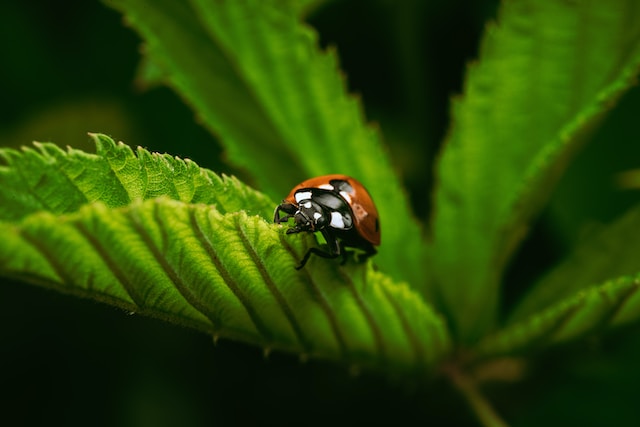

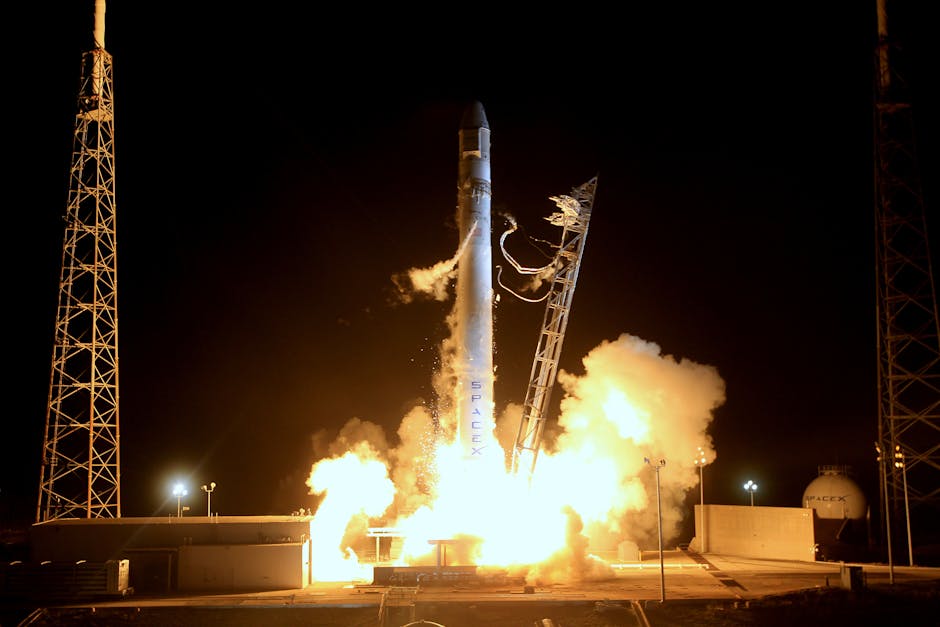


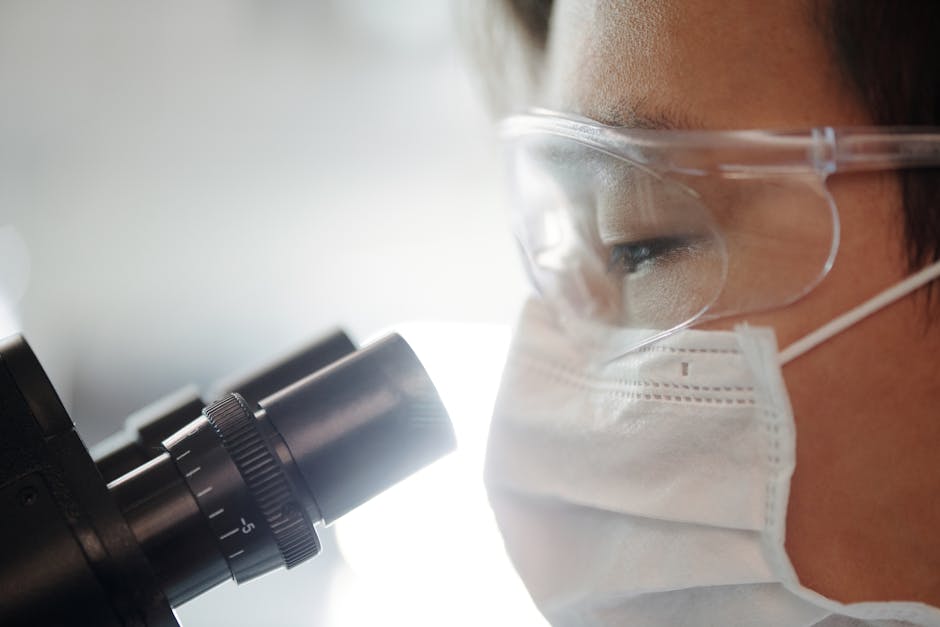
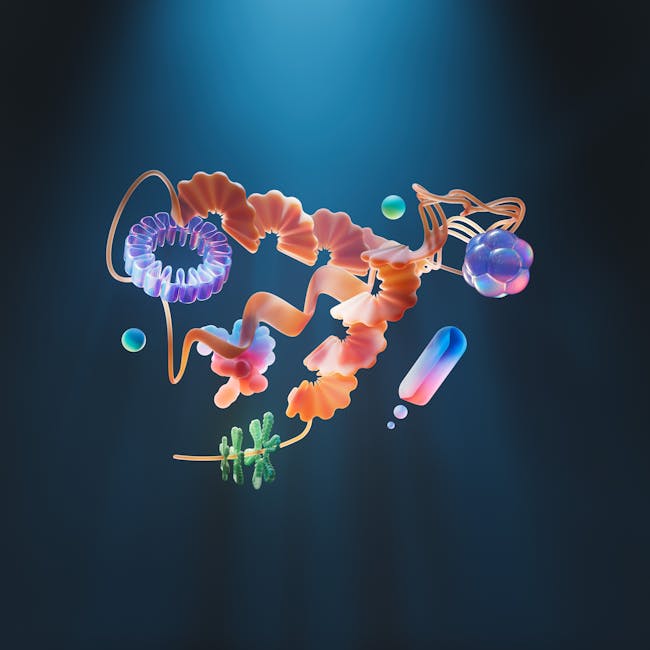
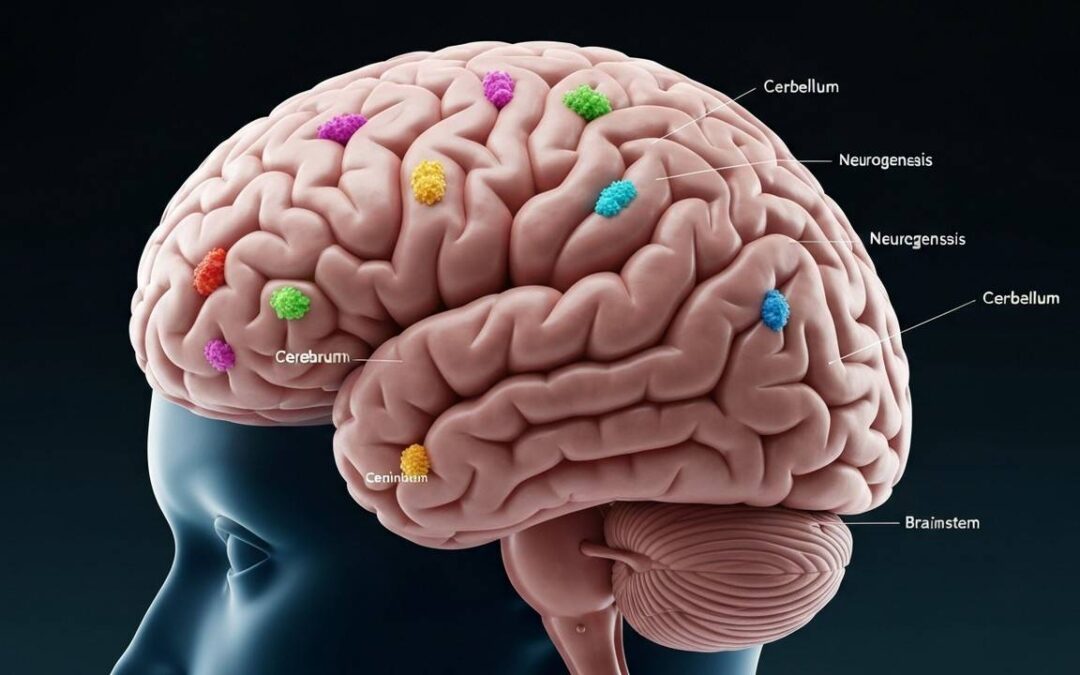
0 Comments